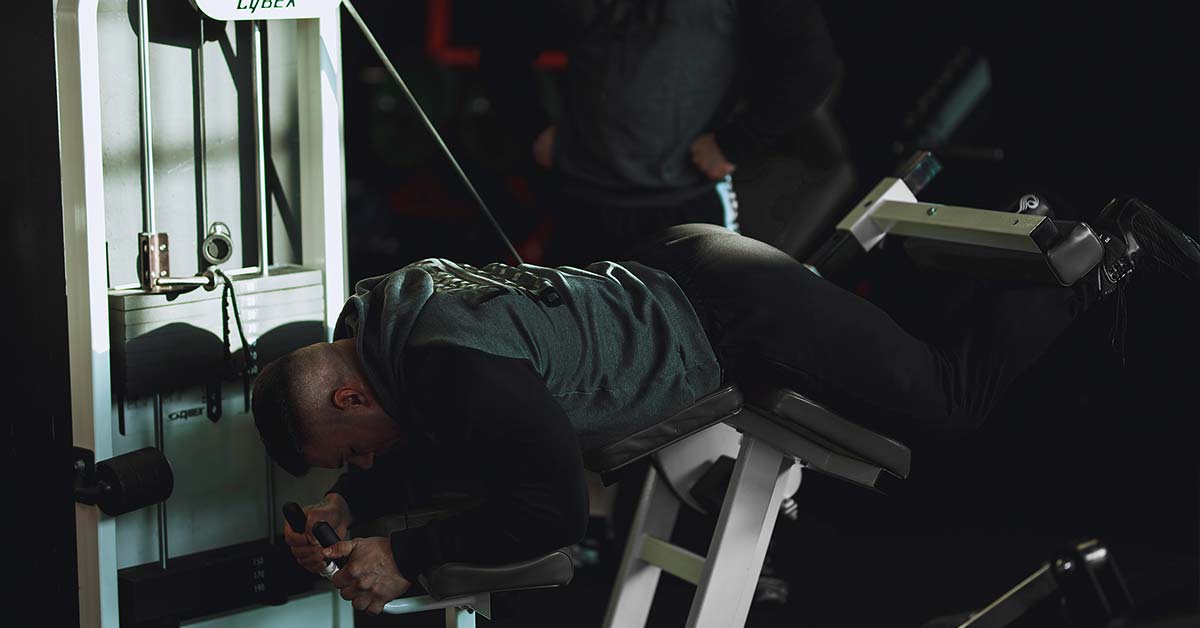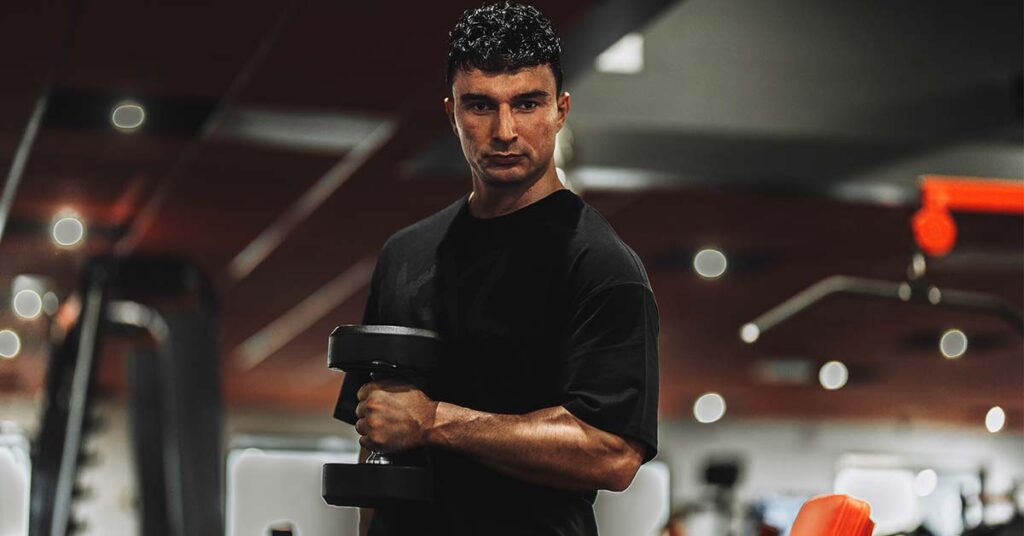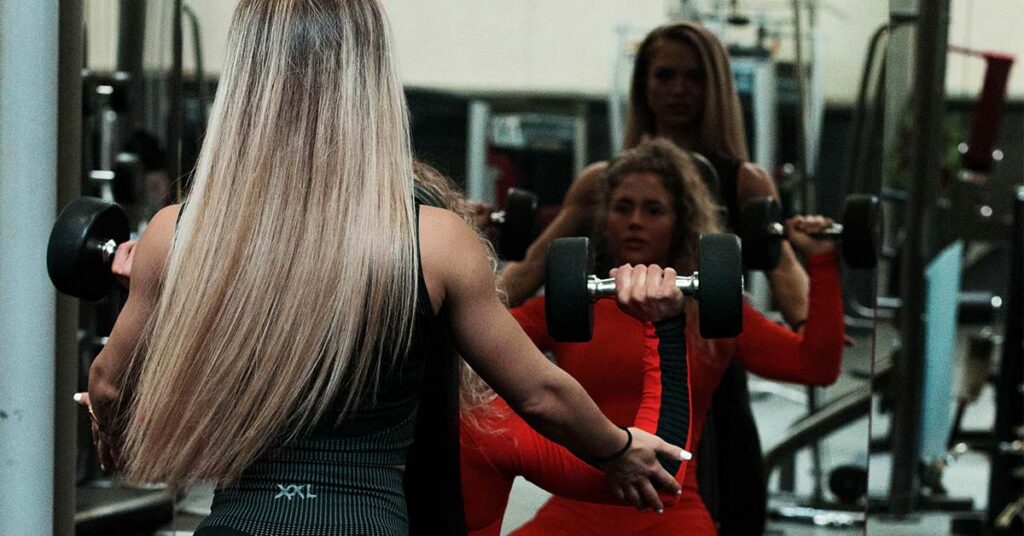
WHAT IS PERIODIZATION?For this it is first important that we have clear what is meant by periodization.
A periodization is the way in which you make or should make progress in your training, in combination with the structure that you apply in your training in terms of different stimuli and protocols, in order to achieve the fastest possible progress towards your goal.
WHY DO YOU HAVE TO PERIODIZE AND WHAT DO YOU HAVE TO PAY ATTENTION TO?
Obviously, the optimal periodization is influenced by many factors. First of all, of course, the goal; someone who wants to become as strong as possible will use a completely different way of training (and lifestyle / nutrition?) than someone who wants to be trained. In addition, there are a whole lot more or perhaps infinitely other factors that will influence the results. Consider the taxability of someone; someone who is very stressed, sleeps poorly, or eats little is likely to be able to handle less volume and load than someone not affected by these factors. In addition, we have already talked about trainability in previous articles.
We can write a very nice periodization, but if we are not trainable in the stimulus we have in mind, you will probably get further and further away from your goals with your workouts. When you’re always pushing for strength progression or pounding neurologically demanding workouts, there will come a point when you hit a plateau. This is a strong hint that the trainability of that stimulus is gone and that it is time for a deload, or rather another phase. Taking a break and ramming through without scrutinizing the plan is most likely not going to get you the fastest to your goals.
The other way around, we may see it happen more often, you may know this from your own experience: In the beginning of a cut phase it goes well and you make rapid progression; many sets, many reps, little rest. So metabolic workouts; in itself ideal for fat loss! Your shape improves, you lose fat, your muscles look nice and full during your training.

THE FAMOUS PLATEAU
But at a certain point your shape becomes a bit watery, you even gain something according to the scales, you experience less and less a pump during your workouts.
Many people will intervene now by planning a week of rest, or temporarily lower the intensity and after a week they will continue with what they were doing. But perhaps a neuro-phase would be in place here! During this phase you gradually become more sensitive to a metabolic stimulus.
The order you would use for this would be as follows in this case:
- Metabolic, local phase
- Neurological phase
- Optional: May be a systemic phase first to improve carbohydrate metabolism
- Another metabolic local phase.
ADAPT DIET TO TRAINING
You should adjust your diet with each phase; carbohydrates are more important during a metabolic phase than during a neurological phase; after all, carbohydrates (glycogen) provide the fastest ATP of all macronutrients. Long-term sets cannot be run on ATP and creatine phosphate alone, so glycolysis will have to take place over time. Neurological sets take too short for this.
A metabolic phase without sufficient carbohydrates in the diet can actually cause inflammation because the stress on the system is too high.
It should be clear from the above text that simply varying the number of sets or reps you run from week to week is certainly not the fastest way to Rome.

CHANGE TO CHANGE
However, what we don’t want to do is change just to change. To switch exercises each time because you like it or because you have always done it that way is not a good method. Just randomly pressing down a number of repetitions or sets during exercises and completely changing everything the following month is not a good method.
If we want to work accurately, tracking data is important; what happens to your weight, your mood and your sleep quality from day to day? Is things different this week from 4 weeks ago? Do you notice less progression in strength or even decline? Have you recently been experiencing a lot of bloating or flatulence, while that was not the case at all a few weeks ago?
These are all data points that can tell you something about your current schedule and whether it is now time for a change of stimuli, diet or perhaps a deload.
When it is time for a change, it is wise to choose a phase that has little overlap with the just completed phase. If you have been training for muscle damage for a while, the next phase would preferably be one where little muscle damage occurs. In that case, you would prefer to avoid exercises in the longitudinal position and limit training to failure.
You could prefer exercises in the short position; it is very energy inefficient and you are also weakest in this position. This reduces the chance of muscle damage occurring during exercises, allowing the previous stimulus to recover towards better trainability.
MORE THAN JUST TRAINING MUSCLES
Optimal progression is more than training your muscles as hard as possible and you can train more aspects of your body than just muscles; when you do systemic workouts, the production of lactic acid is so high that the liver has to work hard to process it, without the muscles becoming very exhausted or much muscle damage. Such phases can help you with fitness and ensure that in an upcoming phase the cardiovascular system or the liver does not become the limiting factor.
A local metabolic phase can actually improve muscle condition, so that your muscles recover faster and need less rest, so that you can turn more volume in a future phase before you fail.
As you can read, writing a good training periodization is quite tough; there are many different types of stimuli we can go for and in addition, randomly cramming different types of blocks one after the other is often not the best method.

GLOBAL TIPS FOR YOUR PERIODIZATION
Since there are as many goals as people and previous phases influence what the best next phase is, there is little meaningful to say about what is the best approach for you at the moment without having further information.
In any case, I would advise you to read the articles I have online about different types of stimuli , about different forms of hypertrophy and about deloading . The information you can get from those articles, along with the information you can get from this article, should go a long way towards getting you started!


